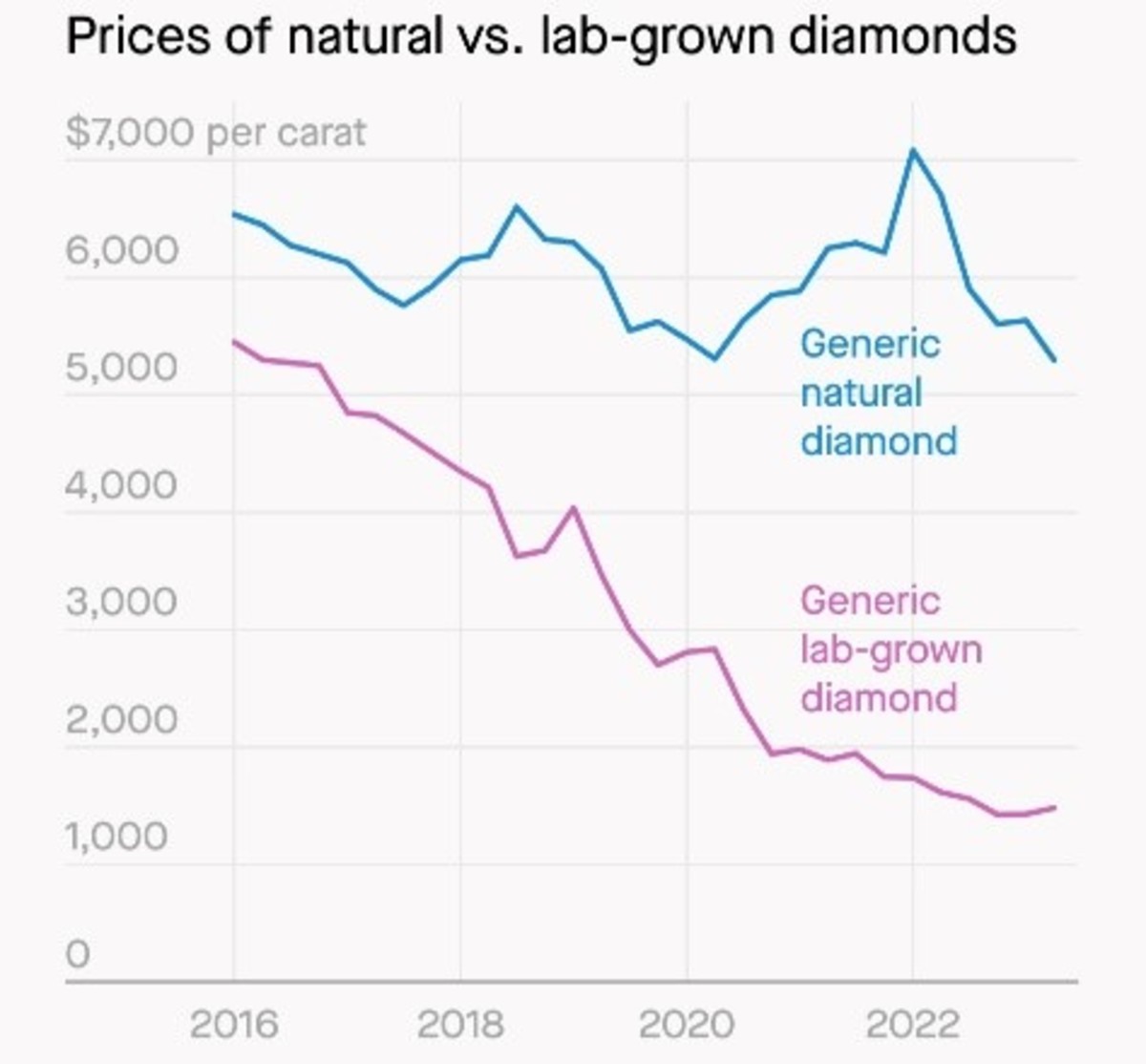Comparing ETF's vs Closed-End Funds ???

The ETF Market
The difference between a traditional exchange traded fund (ETF) and an actively managed closed end fund are several. However, there are certain basic features that one should understand before utilizing these solutions as investment options. The first thing you should understand is what an ETF actually is. An ETF simply stated is a mutual fund that tracks a specific market index such as the S&P 500 index. ETF’s have been created to provide an investment option for just about every major market index that exists. For those investors who wish to take a passive approach to investing, they are an extremely low cost solution. In the case of the S&P 500 index for example, once can buy the I-shares version ( symbol IVV) with an annual expense ratio of as little as 0.09%.
http://us.ishares.com/product_info/fund/overview/IVV.htm
Keep in mind that the average large cap mutual fund attempting to outperform the S&P 500 typically carries and expense of over 1.00%. That is more than ten times the cost. Part of the reason these solutions have become so popular is the low internal expenses. Yet index funds have been around for some time. So why the explosion in the ETF market ??? A big part of the reason is liquidity. An ETF trades like a stock on an exchange between investors and can be traded throughout the day, which allows those whom wish to actively trade in the market much greater flexibility. Whereas a traditional index fund sells shares directly from the fund company to the shareholders, then subsequently buys the shares back when you wish to sell. This in turns requires the investor to wait until the 4PM closing price to exit or enter the market.
What about a closed-end fund ???
The difference here is that a closed end fund trades on an exchange much like and ETF. This in turn allows for the same degree of liquidity when it comes to intra-day trading. Yet these solutions can be quite misleading to the novice investor. A closed-end fund actually has a fund manager much like a traditional actively managed fund. This means that the low cost components associated with ETF’s does not exist. You are essentially once again paying the higher fees for fund management and internal trading costs. In many cases the fees can actually be higher than a traditional mutual fund. The reason is there is actually a premium you must pay for the liquidity. Keep in mind that mutual fund companies earn more as their assets grow. Assets grow based on both positive market performance, as well and new money being invested into a fund. Since a closed end fund issues an initial number of shares at the public offering, those shares are finite. They are then traded amongst individual investors. So a major revenue source, (the ability to sell new shares) is eliminated. We recently saw this when PIMCO recently released an exchange traded version of it’s Total Return bond fund managed by the famous Bill Gross. PIMCO actually charges a higher expense ratio then they do on their traditional mutual fund shares. Many investors are unaware of this and mistakenly associate these types of closed end funds with the low cost ETF market place. So if intra-day trading is not a priority to you and you seek active management, you’d be better off with a traditional mutual fund.
With a closed-end fund it's also important to note that it is quite common for these investments to trade at a fairly significant premium or discount to their net asset value (NAV). Simply put when you add up the value of the underlying investments bought by the fund manager, it may be quite different than what the fund is trading for in the market place. Some can trade as much as 20% below or above NAV. While this may create an opportunity for you to buy securities at a steep discount, you may also be substantially overpaying for them as well. In a traditional open ended mutual fund, the funds closing price at 4pm always reflects the precise NAV without any premium or discount.
Lastly, a major component to closed end funds that is vastly different from an ETF is its ability to use leverage in the fund. Essentially the fund managers can borrow on margin to purchase a larger portfolio to try and increase dividend yield and net return. This however creates not only greater expenses, but also potentially much greater volatility. Ironically many client’s whom would never on their own borrow on margin to purchase an investment, are doing so unwittingly with closed end funds. In many cases the effective leverage in a closed-end funds portfolio can be as high as 50%-60%. An excellent resource to research such positions should you own them would be http://www.cefconnect.com/
Suggested Reading
- The Impact of Retirement Distributions in Volatile M...
Over the last fifteen years in the financial planning field, the most commonly expressed concern I have heard from a retiree/pending retiree has been…Will I run out of money ??? When examining this question there are many variables to be concerned... - Bonds vs Bond Funds ???
While over the years the community of investment professionals nearly universally agree that most every client should own some form and percentage of fixed income as part of their asset allocation strategy…Over the years there has been an ongoing... - The Case for Alternative Investment Strategies
One of the lessons of 2008, and even the more recent market volatility is that portfolio management has become more dynamic. Traditional asset allocation models of equities, fixed income, and cash equivalents may not be sufficient for more growth... - Should I Pay off My Mortgage Early ???
For many Americans, the ability to pay down their mortgage sooner is simply not realistic. However in some cases it is quite possible. The Question of whether or not you should accelerate mortgage payments or use liquid cash to cover eliminate the... - What should your Financial Advisor ask you ???
Often we read articles & commentary about what to ask your financial advisor. But what should your financial advisor be asking you. Often times that alone can tell you whether or not you are engaged in a financial advisory relationship that is in - Passive vs Active Management…The Case for ETF’s
There has been an ongoing debate for decades about the benefits of actively managed mutual funds versus their passive counterparts. Those counterparts would be the exchange traded fund market (ETF’s) as well as traditional index funds. Those in... - Should I Buy an Annuity...What You Need To Know
What is an annuity ??? Annuities can generally be summarized as two basic types of insurance contracts. They are either immediate or deferred annuities. Over the years these two types of contracts have been expanded to encompass many different... - The Importance of Asset Allocation
When building and investment strategy we often hear the term “diversification” Yet and equally important concept is “Asset Allocation” It has been shown via numerous studies that the proper allocation can account for better than 90% of long... - ETF's vs Closed-End Funds ???
The difference between a traditional exchange traded fund (ETF) and an actively managed closed end fund are several. However, there are certain basic features that one should understand before utilizing these solutions as investment options. The... - How To Handle Your Pension Options
Over the years one common choice I have seen clients faced with is whether or not to opt for a lump sum pension benefit when it is offered to them at retirement versus accepting the monthly annuity payment from the company. Let me first start by...







